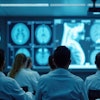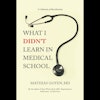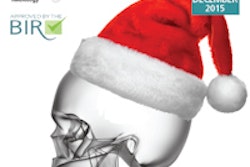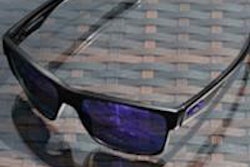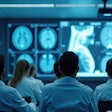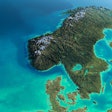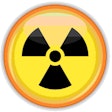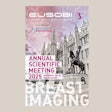Dear AuntMinnieEurope member,
ROME - How do you ensure people stay to the end of a congress? Invite the pope.
That was the idea of the European Society of Cardiology (ESC) and it worked an absolute treat. Thousands of delegates changed their travel plans, cleared their diaries, defied thunder storms, tolerated extensive security checks, and even brought along their loved ones for today's finale. Click here for our coverage of his appearance.
Some attendees dismissed the appearance of Pope Francis as a publicity stunt and media event, plus a distraction from the core business of disseminating knowledge, training, and education. Admittedly, ESC's scientific program had to be changed to accommodate the papal visit, but on the plus side, this morning's sessions were unusually busy, and there was a real buzz and quite different atmosphere throughout the huge venue, Fiera di Roma.
Who knows, perhaps RSNA or ECR will appear next on the Holy Father's agenda and the popemobile and entourage will head to Chicago or Vienna ...
Meanwhile, our coverage of clinical sessions at ESC 2016 continues, with imaging featured prominently, as you will see from our articles in the Cardiac Imaging Community.
Firstly, a Danish study compared the impact downstream of using CT and functional tests for the initial assessment of chest pain. To read about the results, click here.
Another group revealed that treating asymptomatic extracoronary artery disease provides no additional benefit to high-risk patients compared with a less aggressive approach that treats only symptomatic disease. Get the story here.
Cardiologists take pride in being state-of-the-art and up with the latest trends, but they're lagging behind when it comes to Twitter use, according to Scottish researchers. To read more, click here.
Away from ESC 2016, we have a case-study article and progress report about image-sharing in Paris. Go to our PACS Community, or click here.
And don't miss Associate Editor Rebekah Moan's practical and timely article about Spanish work on female genitourinary malformations. Visit the Women's Imaging Community, or click here.

